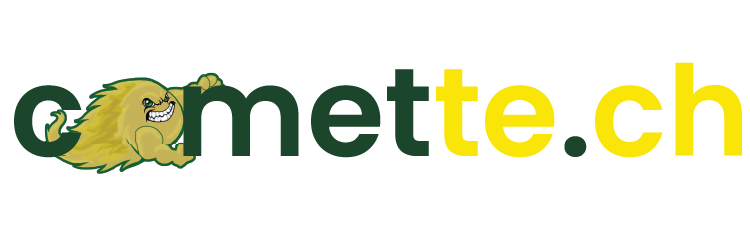Google Docs has recently added the Smart Chips to allow for more functionality in a document, allowing you to tag other people, pull templates, and have a document in a more collaborative environment. Now, Google has added the ability to draft an email in Google Docs and easily transfer this to Gmail for sending. This update is extremely useful if you have an important email to send and you don't want to accidentally send it prior to it being done, you have an email to send as a team and you want everyone to have the ability to craft and have their say, or you have a list of running items that need to be included in the email over the course of time. Once you are ready to send it, click the Blue Gmail Logo and it will open in your Gmail. Once it is open, you only have to click send! No more accidentally sent too early emails!
